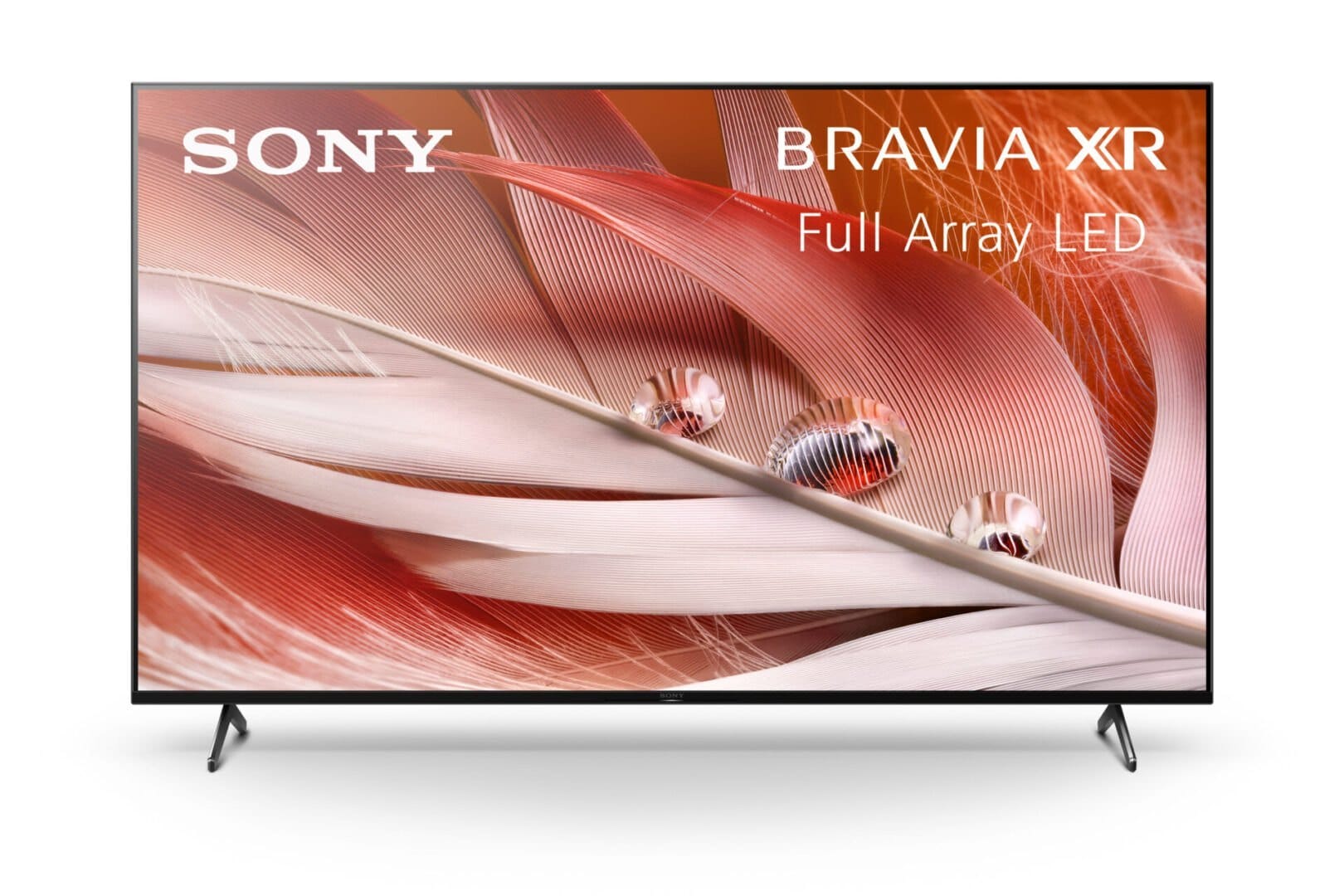Tips to Taking Care of LED TV
LED TVs have become ubiquitous in households worldwide, offering vibrant visuals and immersive viewing experiences. However, to ensure your LED TV continues to deliver high-quality performance over its lifespan, proper care and maintenance are essential. In this comprehensive guide, we will delve into various tips and strategies for caring for your LED TV, covering everything from cleaning and placement to troubleshooting and long-term maintenance Tips to Taking Care of LED TV.
Tips to Taking Care of LED TV
I. Understanding LED Technology:
- Overview of LED TVs: Understand the basic components and functionality of LED televisions, including backlighting, liquid crystal display (LCD) panels, and light-emitting diodes (LEDs).
- Benefits of LED Technology: Explore the advantages of LED TVs, such as energy efficiency, slim design, and superior image quality compared to traditional display technologies.
II. Placement and Installation:
- Location Considerations: Choose an appropriate location for your LED TV, considering factors such as room lighting, viewing distance, and ventilation to prevent overheating.
- Mounting Options: Whether wall-mounting or using a stand, ensure the TV is securely installed according to manufacturer guidelines to avoid accidents or damage.
- Avoiding Extreme Conditions: Protect your LED TV from exposure to extreme temperatures, humidity, direct sunlight, and other environmental factors that may affect performance or longevity.
III. Cleaning and Maintenance:
- Regular Dusting: Use a soft, dry microfiber cloth to gently remove dust and debris from the screen, frame, and ventilation vents to prevent buildup and overheating.
- Cleaning Solutions: Avoid harsh chemicals, alcohol-based cleaners, or abrasive materials when cleaning the screen, and instead opt for a mild, non-abrasive screen cleaner or a solution of distilled water and white vinegar.
- Screen Cleaning Technique: Use light pressure and circular motions when cleaning the screen to minimize the risk of scratches or damage, and always ensure the TV is turned off and unplugged before cleaning.
- Ventilation Maintenance: Periodically check and clean the ventilation vents on the back or sides of the TV to prevent dust accumulation and ensure proper airflow for cooling.
IV. Preventing Screen Damage:
- Screen Protectors: Consider using a high-quality screen protector or anti-glare film to safeguard the screen from scratches, smudges, and fingerprints, especially in households with children or pets.
- Transporting and Handling: Handle your LED TV with care when moving or transporting it, using proper lifting techniques and avoiding pressure or impacts on the screen to prevent cracks or damage.
- Childproofing: Take measures to childproof your TV, such as securing it to the wall or using safety straps to prevent tip-overs, and educate children about the importance of gentle handling and avoiding contact with the screen.
V. Optimizing Settings for Longevity:
- Energy-Saving Mode: Enable energy-saving features and automatic power-off timers to reduce power consumption and prolong the lifespan of LED components.
- Brightness and Contrast: Adjust brightness and contrast settings to optimal levels that provide clear visibility without unnecessarily stressing the LED backlight or LCD panel.
- Screen Saver and Idle Mode: Enable screen savers or activate idle mode when the TV is not in use for extended periods to prevent image retention (burn-in) and prolong the lifespan of the display.
- Firmware Updates: Regularly update your TV’s firmware to ensure compatibility with new technologies, improve performance, and address any potential issues or vulnerabilities.
VI. Troubleshooting Common Problems:
- Dead Pixels: Use built-in diagnostic tools or third-party software to detect and identify dead or stuck pixels on the screen, and contact the manufacturer for warranty service or replacement if necessary.
- Image Retention (Burn-In): Take preventive measures to minimize the risk of image retention, such as avoiding static images or logos for prolonged periods and using screen savers or pixel-refreshing tools.
- Backlight Bleeding: Check for backlight bleeding (uneven illumination) in dark or low-light scenes, and adjust settings or contact technical support if the issue persists, as it may indicate a defect in the display panel.
VII. Long-Term Maintenance and Upkeep:
- Warranty Coverage: Familiarize yourself with the terms and conditions of your Tips to Taking Care of LED TV’s warranty, including coverage duration, limitations, and procedures for repair or replacement.
- Professional Calibration: Consider hiring a professional calibrator to optimize your TV’s settings and color accuracy, especially for critical viewing environments such as home theaters.
- Component Replacement: Stay informed about the availability of replacement parts and authorized service centers for your LED TV model, and promptly address any hardware issues or malfunctions to prevent further damage.
By following Tips to Taking Care of LED TV and strategies Tips to Taking Care of LED TV outlined in this comprehensive guide, you can ensure that your LED TV remains in optimal condition for years to come, providing you with countless hours of enjoyment and entertainment. From proper placement and cleaning techniques to optimizing settings and troubleshooting common problems, taking care of your LED TV requires diligence and attention to detail. By investing time and effort in maintenance and upkeep,Tips to Taking Care of LED TV you can prolong the lifespan of your television and preserve its performance for future generations to enjoy.

